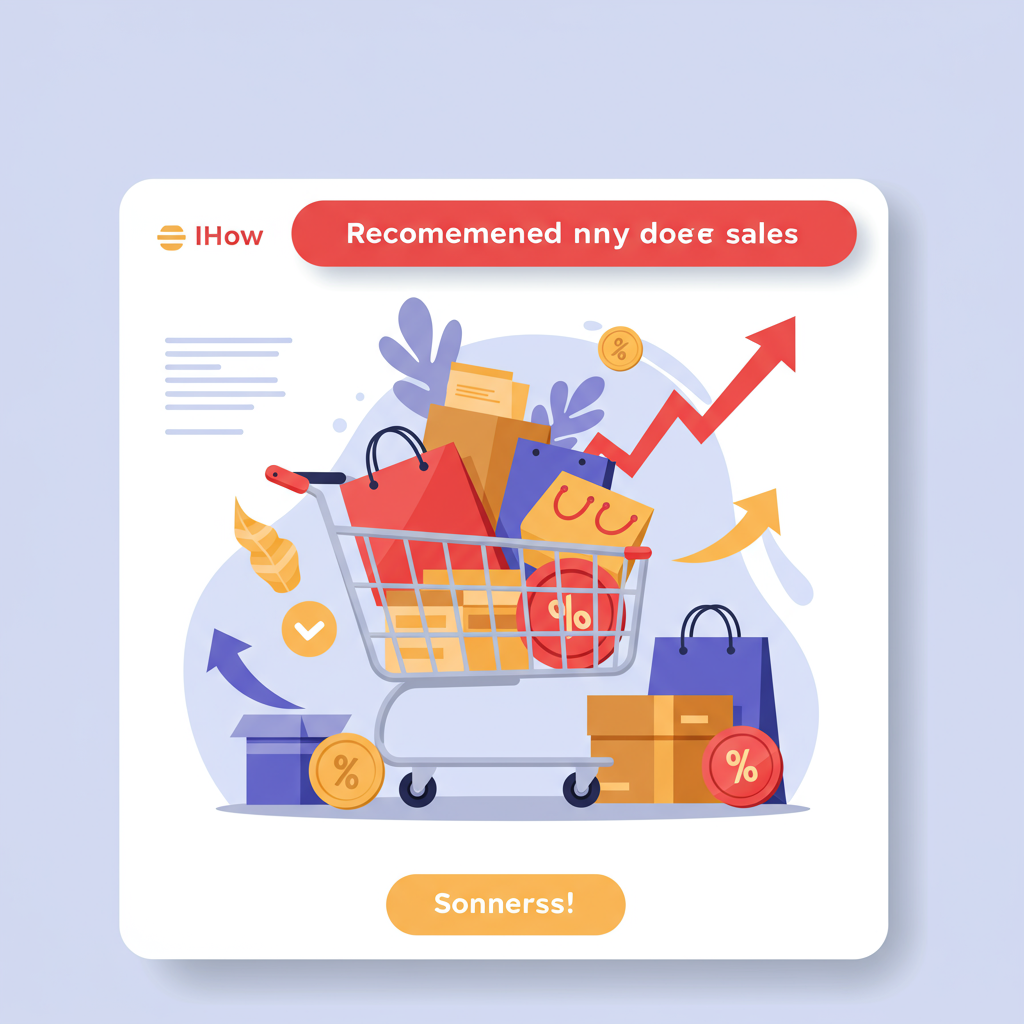Unlocking Hidden Revenue and Enhancing Customer Value on Your Store
As a Shopify merchant, I’m constantly looking for ways to maximize every sale and build stronger relationships with my customers. It’s not just about getting new traffic; it’s about making the most of the traffic I already have.
One of the most effective strategies I’ve found for achieving this is through strategic cross-selling and upselling. These techniques are powerful tools for increasing your Average Order Value (AOV) and boosting overall revenue.
But what exactly are cross-selling and upselling? Let me break it down from my perspective as a store owner.
Upselling is about encouraging a customer to purchase a more expensive, upgraded, or premium version of an item they are already considering. Think of it like offering a larger size, a model with more features, or a bundled package that provides better value.
Cross-selling, on the other hand, involves recommending complementary products to the one a customer is about to buy or has already added to their cart. If they’re buying a camera, I might suggest a memory card, a tripod, or a camera bag.
Both strategies are designed to enhance the customer’s experience by offering them more value, while simultaneously increasing the total value of their purchase. It’s a win-win situation.
Manually implementing these strategies across a large product catalog can be incredibly time-consuming and inefficient. This is where Shopify cross-sell and upsell apps become absolutely indispensable for me.
These apps automate the recommendation process, present offers at optimal times, and track performance, allowing me to focus on other aspects of my business. They are truly game-changers.
When I started looking for the right app, I realized there were several key features I needed to prioritize. Not all apps are created equal, and finding the right fit for my store was crucial.
First, I looked for apps with intelligent recommendation engines, often powered by AI. These systems analyze customer behavior, purchase history, and product relationships to suggest highly relevant items.
This means the recommendations aren’t just random; they’re tailored to what the customer is most likely to buy, significantly increasing the chances of a successful upsell or cross-sell.
Another critical feature is the ability to place offers at various points in the customer journey. I don’t want to be limited to just the product page.
Product page upsells are fantastic for offering upgrades or complementary items right when the customer is making a decision. “Customers who bought this also bought…” is a classic example.
Cart page upsells are equally powerful. Just before checkout, I can present a last-minute, low-cost add-on or a bundle deal that sweetens the pot. This is often where I see impulse buys happen.
Post-purchase upsells, often called one-click upsells, are incredibly effective. After a customer completes their initial purchase, they are presented with an exclusive, time-sensitive offer that they can add to their order with a single click, without re-entering payment details.
I’ve found these post-purchase offers to be particularly potent because the customer has already committed to a purchase and is in a buying mindset.
Even the thank you page can be leveraged. While not a direct upsell, it’s a great place to offer a discount on a future purchase or suggest related products for later consideration, fostering repeat business.
The ability to create product bundles is also a must-have for me. Offering a “complete set” or a “starter kit” at a slightly reduced price encourages customers to buy more items at once.
A/B testing capabilities are non-negotiable. I never assume what will work best. Being able to test different offers, placements, and messaging allows me to continually optimize my strategies for maximum conversion.
Robust analytics and reporting are also vital. I need to see which offers are performing well, which aren’t, and understand the impact on my AOV and overall revenue. Data-driven decisions are key.
Customization options are important too. I want the upsell and cross-sell widgets to seamlessly blend with my store’s design, maintaining a consistent brand experience.
The benefits of implementing these apps are clear. Beyond just increasing AOV, I’ve seen an improvement in customer lifetime value (CLTV) because customers are discovering more of my products.
It also helps me move inventory more efficiently and introduces customers to products they might not have found otherwise, enhancing their overall satisfaction.
My advice for fellow merchants is to start simple, test constantly, and always ensure your recommendations are genuinely helpful and relevant to the customer. Don’t be pushy; be helpful.
Remember, the goal isn’t just to sell more, but to provide a better, more complete shopping experience. When done right, cross-selling and upselling feel like a service, not a sales tactic.
What do you think about these strategies and the role of apps in implementing them? I’d love to hear your thoughts and experiences.
Integrating these apps with Shopify is usually straightforward, often just a few clicks from the App Store. Most reputable apps offer excellent support, which is a huge plus.
Finally, consider the pricing model. Some apps are subscription-based, others take a small commission on sales generated, and some offer free tiers. Choose one that aligns with your budget and expected ROI.
In conclusion, if you’re running a Shopify store and not actively using cross-sell and upsell apps, you’re leaving significant money on the table. They are an essential part of my e-commerce toolkit.






